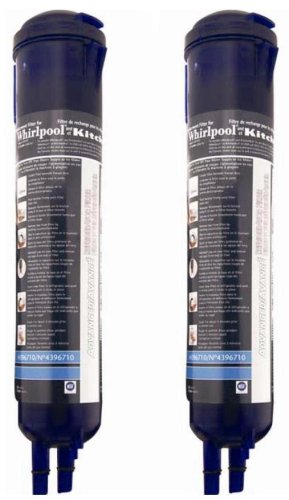Microwave cooking is a convenience way to cook, however knowing the right technique makes you a better microwave chef.
Successful cooking with Microwave oven need to understand the followings points:
Moist, not fat - Choose recipes that are cooked by moisture - steaming, boiling, braising, blanching. Foods that require fat and oil for a change of flavor are not as successful, deep-frying is impossible at all.
Browning food - Foods do not brown readily in the microwave oven. You may find the following tips on browning useful.
1. Fat absorbs heat and if you remove foil covering fatty portions of a meat, these will crisp and brown lightly.
2. Baste with oil to give a better crisp to roast. Oil increase the temperature of the meat surface.
3. A browning dish, preheated, will brown food beautifully if you press food down, turning so that all surfaces make contact with the base of the dish.
4. Soy sauce, the ubiquitous flavourer of Chinese recipes, is an excellent browning agent.
Wok aroma - In traditionally stir-fried dishes, sauces are sprinkled round the side of the hot wok. In the microwave oven, we put in the sauce first, giving time for heat to be absorbed and hence release the aroma.
Small - The microwave oven is best therefore for family meals and when entertaining small groups.
Arrange foods - Whether cooking, defrosting or freezing, food should be arranged to take advantage of the principles of microwave cooking. Remember the followings:
1. Microwave activity is greater at the edges, less at the centre. Pieces of food should be placed at the edge of any container. If they are equal size, thicker portions should be placed at the edge or at corners of square containers where they will cook more quickly than the thinner portions in the centre. Cook large quantities of food evenly by stopping the cooking cycle halfway, and stirring so that food at edges exchange places with food in the centre.
2. Food cooks quicker in hot spots, so place the container or larger portions of meat in this place.
3. Single layer of food cook evenly. A large lump cooks at the edge first. So freeze in single layers and do not overlap food if you can help it.
4. Raise large portions of roast on a rack for more even distribution of heat. When meat I heated, fat melts to the bottom, and this area will absorb more heat.
Cover - Covering the food will prevent drying of some dishes. The most common cover is cling or plastic wrap. As pressure is build up within a completely enclosed container, however, it is necessary to cover loosely, or leave a gap through which steam my escape.
Shielding food - These part must be shielded with foil to prevent overcooking and drying out. Ensure that foil does not touch the sides of the oven.
Food skin - Food that has a skin or membrane such as liver, tomato and fish, if they are to be left whole, should be pierce or slit, to leave a steam vent.


















